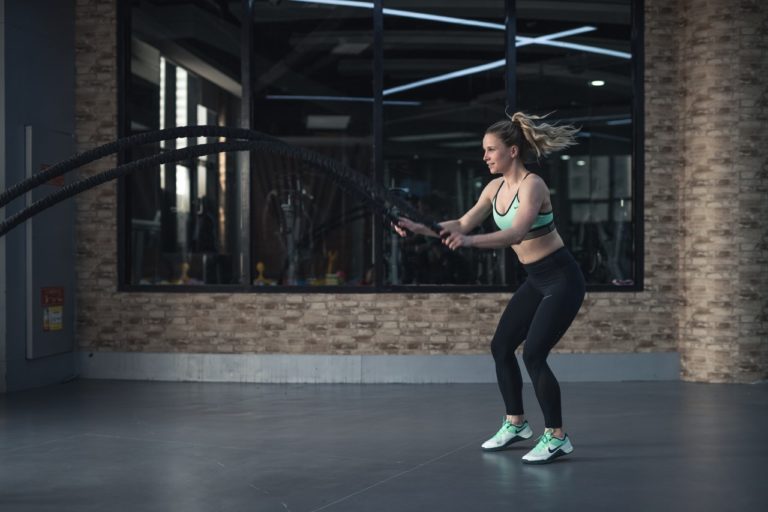The saying “no pain, no gain” is one of the most common phrases you’ll hear in exercising and sports. But even though much of the community believes that getting some form of injury is a rite of passage, it’s not entirely true. Many athletes and sports enthusiasts still improve their performance and abilities without risking themselves from injuries and overexertion.
If you’re managing a team of athletes or you’re guiding your son and daughter while they’re playing sports, it’s best to sit them down and educate them on the importance of safety when they’re playing. Here’s what you’ll need to know.
Warming Up Muscles
Firstly, one of the essential practices when exercising is warming up muscles. Although many young athletes want to get in on the action as soon as possible, warming up is one of the best ways of mitigating injuries in almost any type of sport. Our muscles will need time to gradually “adapt” to sudden movement changes, and not warming up could lead to muscle cramps.
In most cases, warm-up sessions don’t necessarily have to be too intensive. Activities can range from light stationary stretches, core workouts, easy jogging, and jumping jacks. These are great ways of increasing the elasticity of your muscles and increasing your blood flow, which can make your body “adapt” to the situation.
But at a competitive level, keeping a good flow is usually something that most athletes will need to maintain. Practice sessions are a great way of getting into the playing mindset, especially; at a competitive level. Not only will this maximize physical conditioning, but this can also increase team cohesion. When everyone is aware of each other’s movement and spacing, it’s easier to mitigate injuries.
Even if athletes are playing individual sports, regular workouts and practice can help laser in on your objective and perform better in the long-run. Remember: the body is the athlete’s tool and warming up is like keeping a well-oiled machine in top-notch condition.
Still, it’s important to listen to what your athletes have to say regarding their bodies. In most cases, injuries can happen from overexertion.

Invest in Your Facilities
When people play sports, the facilities and location will play an integral role in ensuring that everyone is safe. Not only will this mean that any physical activities will go uninterrupted, but this can also affect the performance of athletes.
It’s also important to think of the terrain in these sports facilities. Is flooring leveled and conducive to the type of sport that’s being played? Most tracks used for running will require level-headed flooring that can give a good amount of traction since this can affect the speed and the performance of runners.
Asphalt is known for being one of the most well-rounded and versatile materials that can be used for parking lots and sports tracks because of its good traction. Different types of asphalt can affect the quality of what you’re building.
Still, it’s crucial to remember that asphalt is still susceptible to the natural elements and will end with constant maintenance to be kept in a pristine condition. Fortunately, asphalt repair services can preserve sports tracks and ensure that athletes and runners are safe from accidents. The last thing that you want is someone suffering from major injuries from warped asphalt tracks that could have been prevented.
Having the Right Equipment
Lastly, the best way of promoting safety is by having the right equipment for these activities. Whether you’re managing a team playing basketball, soccer, biking, tennis, or gymnastics, it’s always important to assume the worst. Murphy’s law would suggest that what can go wrong will go wrong. That said, it’s best to prepare for the unexpected.
When it comes to safety gear, it’s important to consider the nature of the activity. What part of the body is getting the most contact? Is it the legs? Then you might want to invest in shin guards. Do the feet need to absorb a lot of energy? Then you’ll need to invest in a good support system for your team.
You don’t necessarily need to buy the most expensive piece of equipment for athletes. Still, most high-quality safety gears are lauded for their abilities in preventing injuries, concussions and keeping the athlete in a peak condition.
When it comes to playing in the court, the track and the field, young athletes and personnel overseeing the match should always prioritize safety. Although many teenagers and young athletes want to prove themselves when playing, it doesn’t hurt to take a few minutes off their time to teach them about the basics of safety. Warming up muscles, having the right equipment, and keeping a keen eye on their surroundings are just some ways of maintaining their flow state while having fun.

